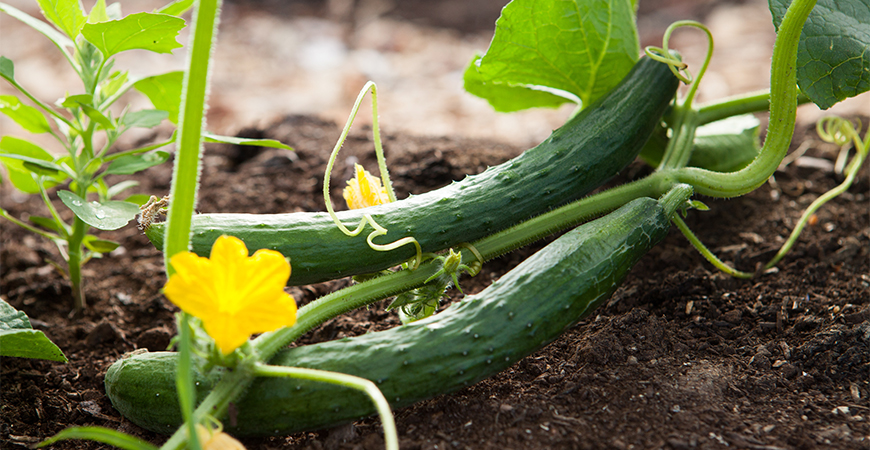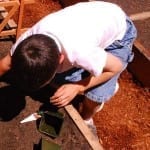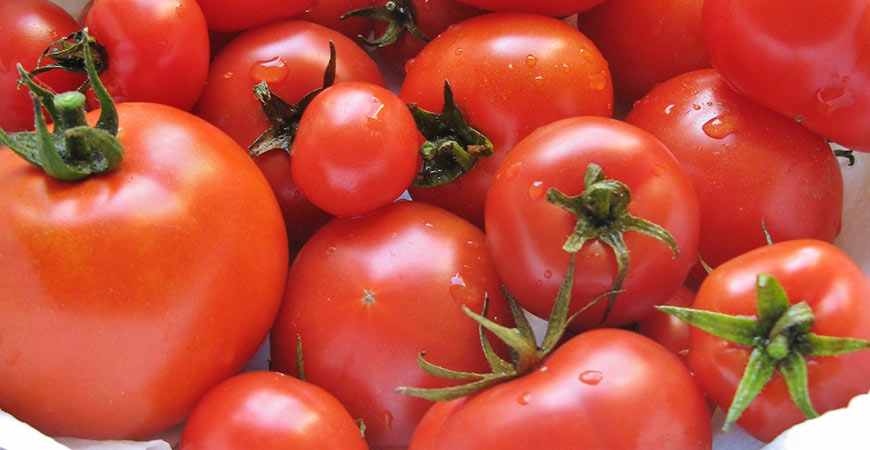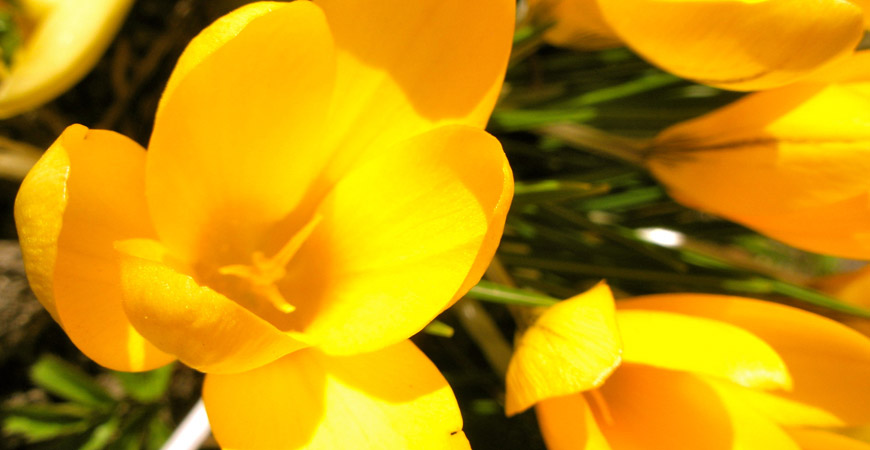
Harvesting Summer Vegetables: Tips and How-tos
This year’s produce garden has been a success, and now you have zucchini, squash, and other summer vegetables coming out of your ears! Now it’s time to enjoy your labor’s fruits (or veggies), but how do you know when it’s harvest time?
Here we’ll cover when and how to harvest your summer vegetables.
When is the best time to start picking vegetables?
Here are a few handy picking tips:
It’s easy to think the larger a veggie grows, the better. But most food has the best flavor when it hasn’t grown too large.
For example, it’s best to harvest zucchini and squash at the peak of ripeness, which is 6 to 8 inches in length. If zucchini or squash continue to grow bigger, the flavor of the food will diminish.
Not all summer vegetables are harvested simultaneously or in the same way. Tomatoes can be left on the vine to ripen or picked and left to ripen on the kitchen counter.
Determinate tomatoes produce a single harvest, while indeterminate varieties continually produce from the plant until frost. For watermelons to taste the sweetest, leave them on the vine until they mature – usually in late July or August.
How to pick summer vegetables:
Put on garden gloves before summer harvesting. Hold the plant stem in one hand and gently remove the vegetable with the other; for ripe vegetables that don’t easily pull from the plant, use pruning shears to release it.
Remember: Veggie stems are tender and break easily, so be gentle when you pick – don’t tug or yank.
Once your veggie garden starts producing, check it daily for new, ready-to-pick veggies, fruits, and herbs. Picking from the garden daily encourages the plants to produce an even bigger harvest.
What to do if you have too much zucchini? Zucchini can be sliced and frozen for future use or freshly grated and made into zucchini bread. Too many tomatoes? Clean and core tomatoes, cut them into quarters, and pop them in the freezer for use in soups and stews.
Most summer vegetables can be frozen for future eating. It’s best to pick summer produce when it’s at the peak of flavor. The picking time will vary according to the vegetable plant.
Click here for more summer vegetable preservation tips.
When should I harvest my summer vegetables?
Refer to this harvest guide below to know when your beans, tomatoes, squash, and other summer produce are at the peak of flavor.
Asparagus
Asparagus is a cool-season crop that is harvested in early spring. For the best flavor from the food, trim asparagus spears when they are approximately 6 inches in length. The stalks should be firm, and the pointed tips should be closed.
Beans
Do a taste test and decide. Snap beans are ready for picking just before the seeds bulge and are visible through the pod. They should be approximately the width of a pencil.
Snap beans can be picked young and served in salads or Asian cuisine. Pick them every other day to ensure they produce a bountiful crop.
If continuously harvested, they will often re-bloom and produce a second or even a third crop. Lima beans are ready to harvest when the pods turn green and look full.
Broccoli
Harvest broccoli heads when the top turns a deep blue-green and the buds are tight. The stalk should be firm.
Cut the broccoli from the plant approximately 6 inches below the flower head. A head of broccoli with yellow buds or a yellow underside is past its prime.
The small, tender leaves are nutritious and often used as ingredients in stir-fry dishes.

Cucumbers
Harvest slicing cucumbers when they are 6 to 8 inches in length. For pickling cukes, harvest when they are 3 to 4 inches long. Larger cucumbers will taste bitter and have many seeds.
A cucumber with yellowing at the blossom end signifies an overripe cuke. Check the plants daily as the fruits grow fast and quickly mature. Pick often to encourage the vines to continue producing.
To pick cucumbers, use a kitchen knife or garden shear, cutting the stem just above the fruit.
Store whole cucumbers in the fridge for a week to 10 days. Pop them in a plastic zipper bag and place them in the crisper. Wrap cut cukes in plastic wrap, store in the fridge, and eat as soon as possible.
Sweet Corn
To determine when sweet corn is ready to pick, partially open the husk and check the silks. They should be dry and brown with a bit green at the ear’s bottom.
Gently squeeze the husk to determine if the ear is plump and juicy. If the ear of corn passes these tests, gently peel the husk back to reveal a small area of the ear.
Poke a plump kernel with a fingernail. The ear is ready to harvest if the kernel oozes a liquid similar to skim milk.
If the liquid is clear, the ear is not quite ready. Overripe sweet corn has whole milk or creamy look and a starchy taste.
It’s best to harvest sweet corn in the morning when temperatures are cool. To pull an ear of corn, hold the stalk in one hand while you gently pull the ear of corn down and away with the other hand. Twist the ear of corn until it breaks from the stalk.
These handy tips will help your green thumb give you a sweet and bountiful summer harvest. Be sure to know when to plant your vegetable garden to increase your harvests. Happy gardening!
Did you know? Victory Gardens, also called “war gardens,” were popular in the 1940s. Planted in-home plots and on public land, victory gardens helped to reduce pressure on the national food supply during World War II.














